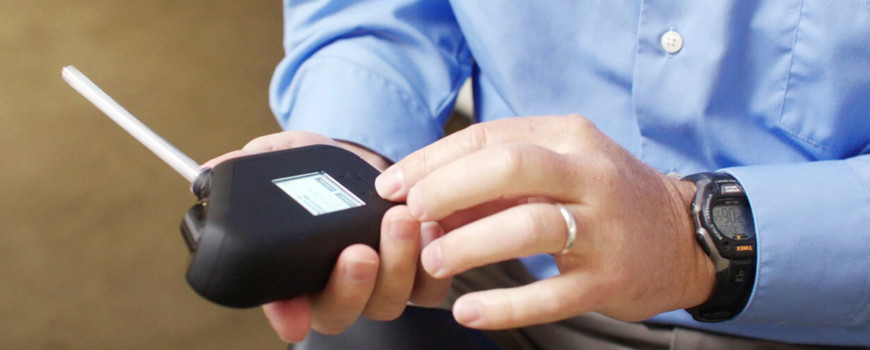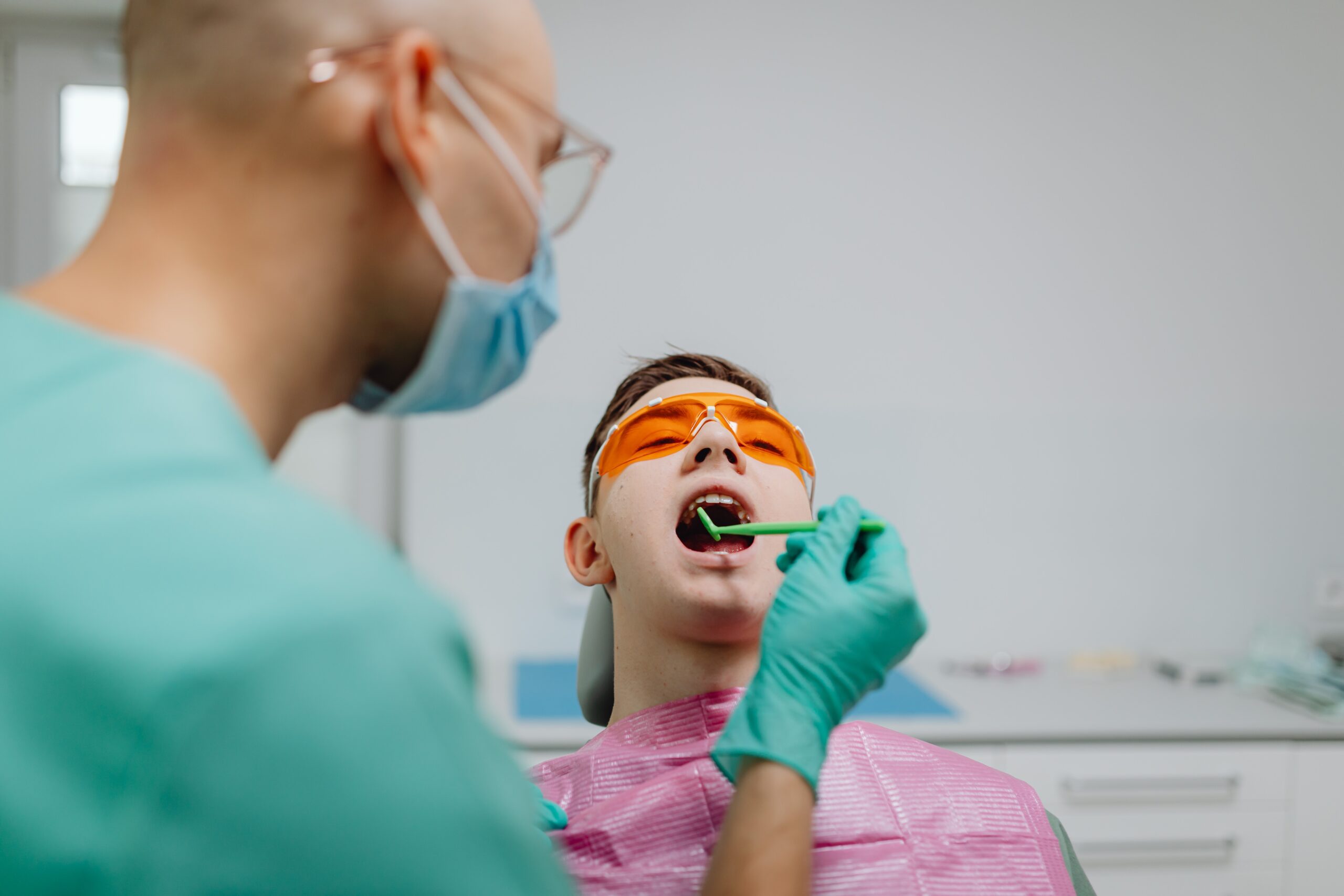Lipo 360 is a famous body contouring procedure that reduces excess fat from the abdomen, flanks, and lower back, resulting in a slimmer waistline and flatter stomach. However, like all surgeries, it comes with risks and potential side effects.
This article explores the common risks and side effects of Lipo 360 to help you make an informed decision.
Overview of Lipo 360 Procedure
First, it’s essential to understand the basics of the Lipo 360 procedure. This form of liposuction involves the removal of fat from the entire midsection area, including:
- The abdomen: The front section of the midsection, targeting belly fat.
- The flanks (love handles): The sides of the torso to reduce waist width.
- The lower back: The fat around the back complements the waistline contour.
The process uses a suction device attached to a small cannula inserted through tiny incisions. The fat cells are suctioned out of the body, making a more sculpted and toned appearance.
While Lipo 360 is considered safe, patients should be prepared for risks and side effects before undergoing the procedure. For more detailed information, visit Adonis Surgery’s Lipo 360 site.
Common Risks and Side Effects of Lipo 360
While Lipo 360 is generally safe, knowing its common risks and side effects is essential.
Common Side Effects
- Bruising and Swelling: These are typical stages of the healing process and will go away in a few weeks.
- Numbness: The treated areas may experience a brief numbness or tingling sensation.
- Fluid Accumulation: Compression clothes and drainage techniques can help patients with fluid accumulation.
- Uneven Results: In rare cases, the results may not be perfectly even, requiring additional procedures.
- Scarring: The incisions made during Lipo 360 typically heal with minimal scarring. However, individual healing can vary.
Potential Complications
- Infection: Antibiotics can be used to medicate infections when they occur.
- Hematoma: it is a buildup of blood beneath the skin’s surface. Drainage techniques are a treatment option for it.
- Fluid Buildup: Fluid buildup can sometimes occur, requiring drainage.
- Skin Irregularities: In rare cases, skin irregularities such as dimpling or unevenness may develop.
- Unsatisfactory Results: Having realistic expectations about Lipo 360’s results is essential. Individual results may vary.
Less Common Risks of Lipo 360
While rare, some less common risks associated with Lipo 360 exist that patients should be aware of.
- Fat Embolism
When tiny bits of fat get into the bloodstream and travel to other organs, like the brain or lungs, it’s called a fat embolism.
This is a dangerous side effect that can lead to respiratory problems, disorientation, or, in extreme situations, even death.
Although fat embolism is a rare risk, it highlights the importance of selecting a highly qualified and experienced surgeon to minimize complications during surgery.
- Anesthesia-Related Complications
Because Lipo 360 is performed under general or local anesthesia, there is always a risk of anesthesia-related complications, such as allergic reactions, respiratory issues, or heart problems.
Most patients tolerate anesthesia well, but those with certain pre-existing conditions may be at higher risk for complications.
Your anesthesiologist will review your medical history & ensure you are a perfect candidate for anesthesia before the procedure.
How to Minimize Risks and Side Effects
While Lipo 360 is a generally safe procedure, there are steps you can take to minimize the risks and side effects:
- Choose a board-certified plastic surgeon with vast knowledge in performing Lipo 360.
- Follow your surgeon’s pre-operative instructions, such as avoiding certain medications and stopping smoking before the procedure.
- Adhere to your surgeon’s post-operative care guidelines, including wearing compression garments & sidelining heavy lifting or strenuous activities during recovery.
- Stay well-hydrated and maintain a healthy lifestyle after the procedure to support optimal healing.
Conclusion
Lipo 360 can dramatically contour your body, providing a flatter stomach and defined waistline, but it does carry risks and side effects.
Common risks include infection, seroma formation, and blood clots, which can be managed properly. Patients should also be aware of side effects like numbness, scarring, and irregular contours.






